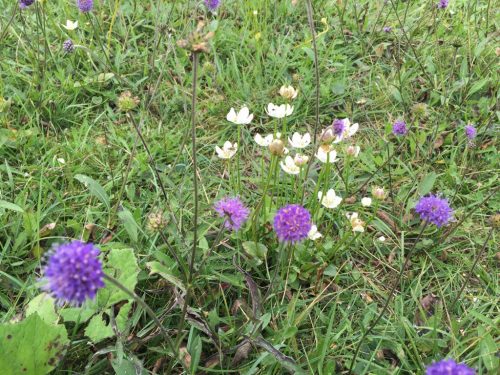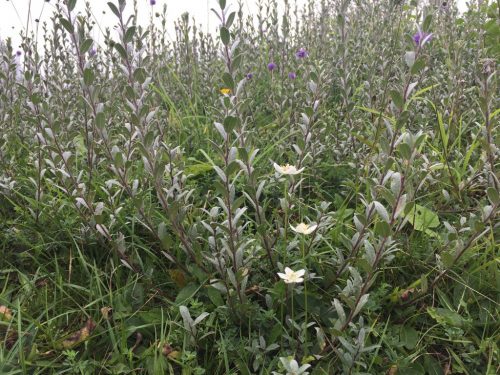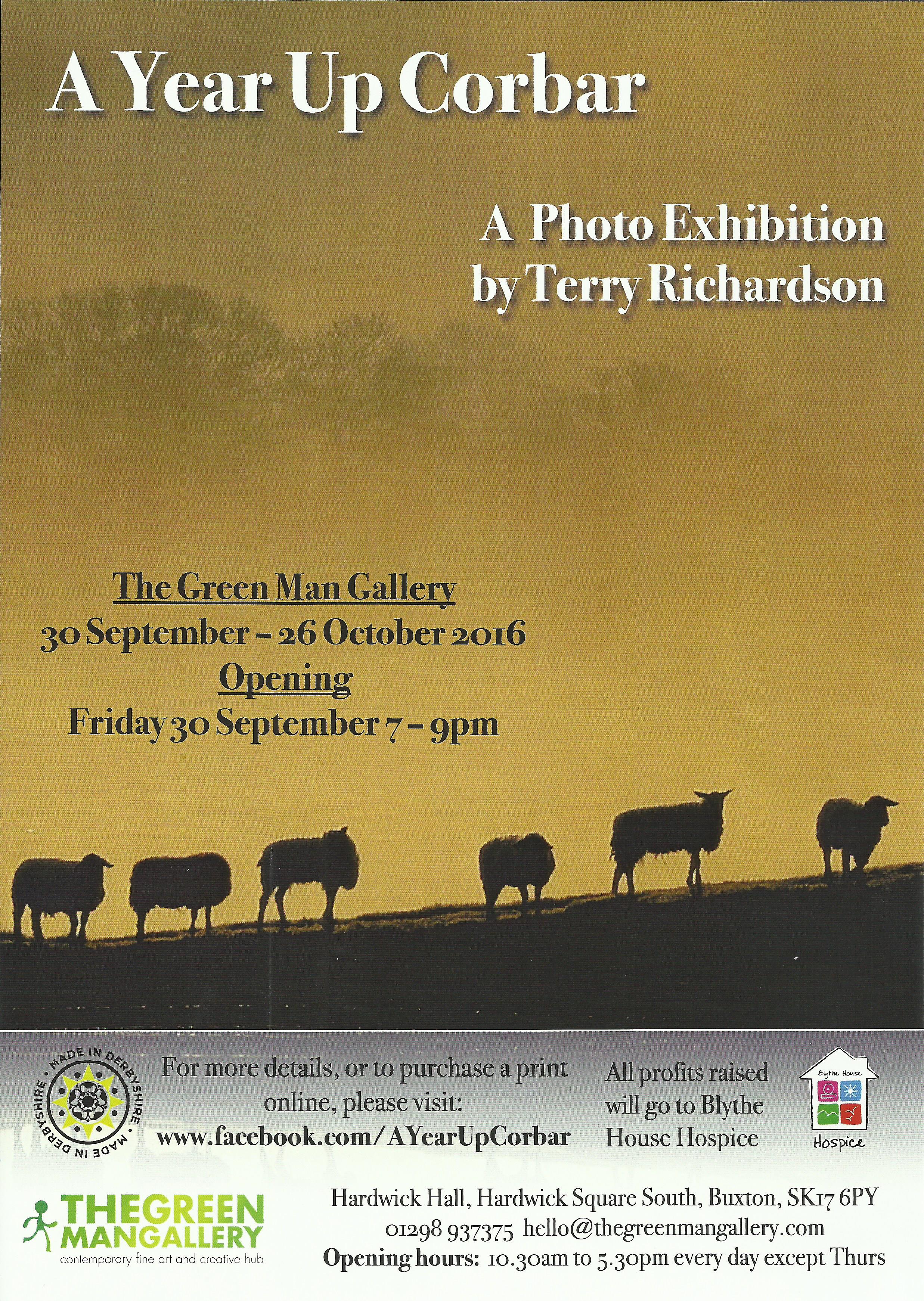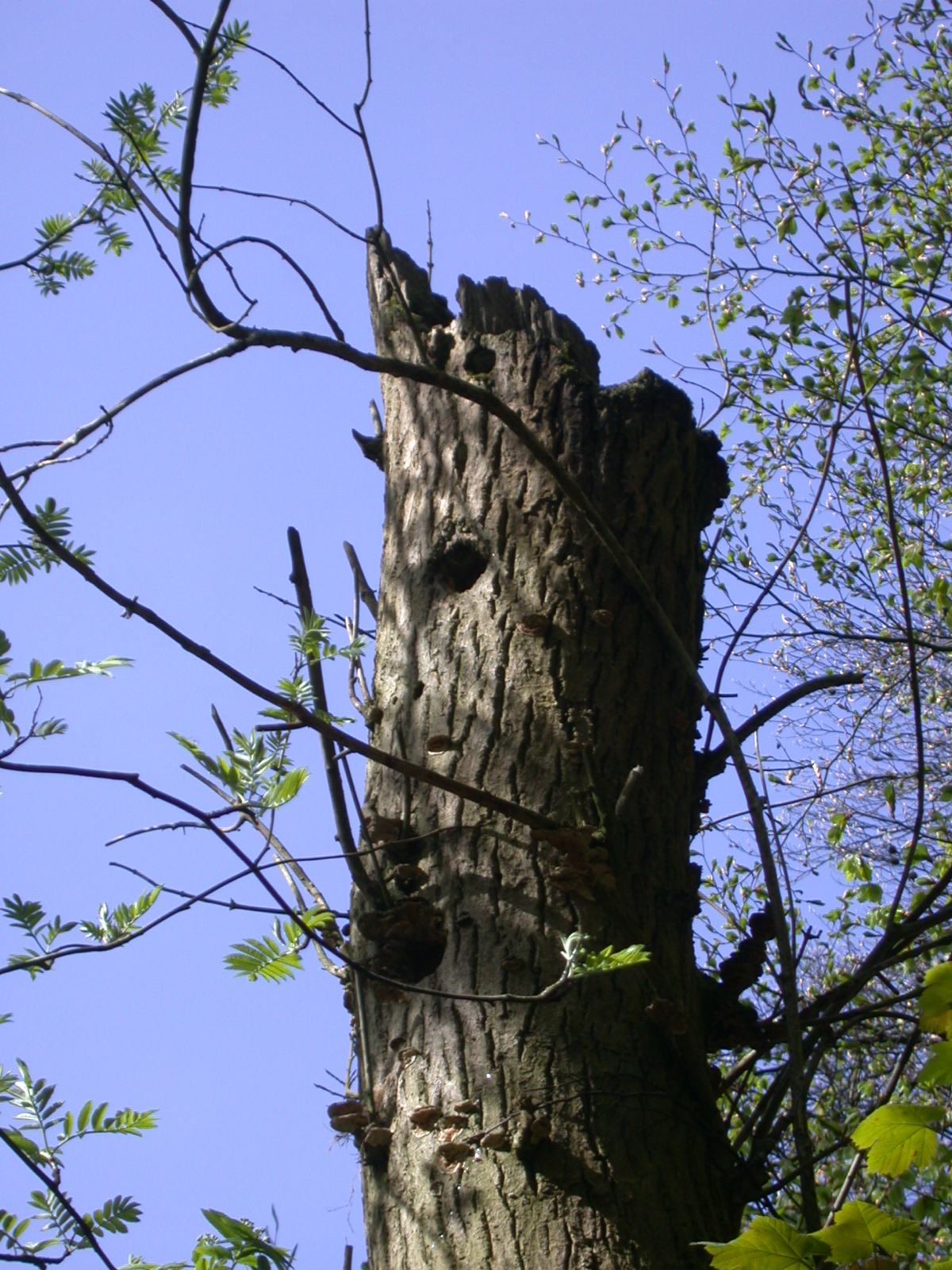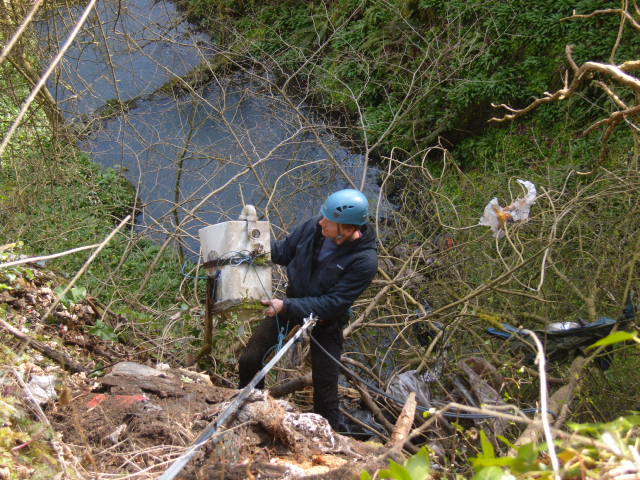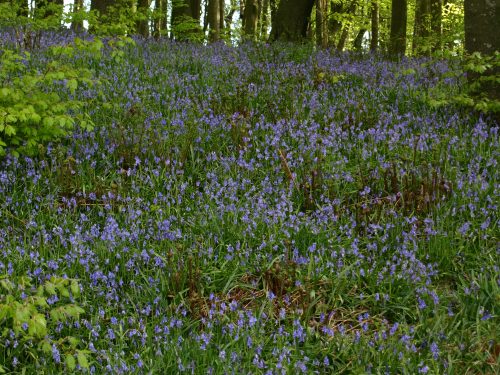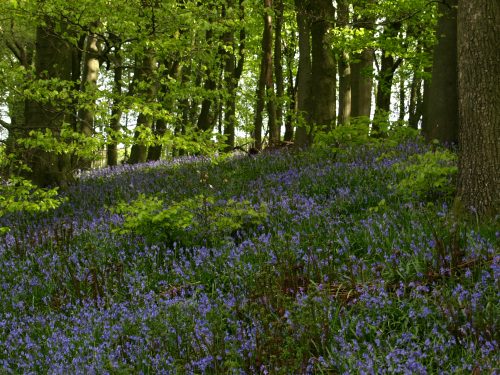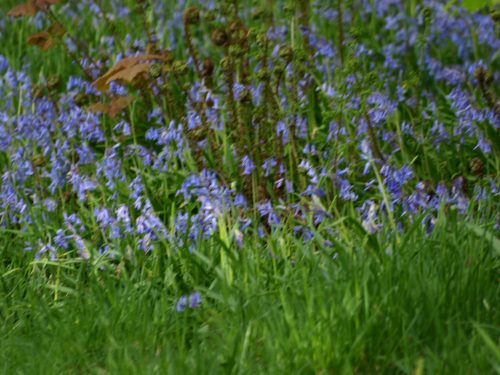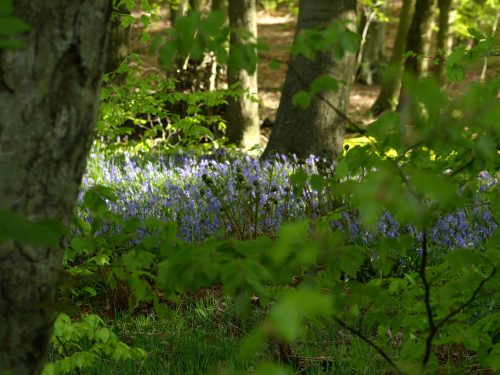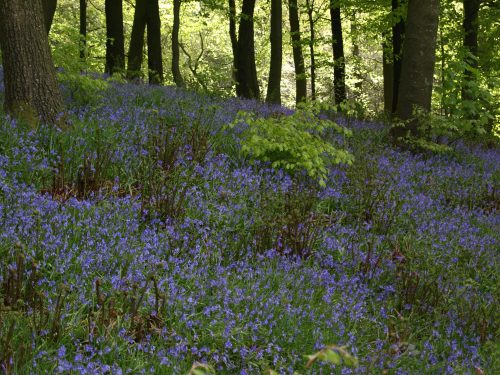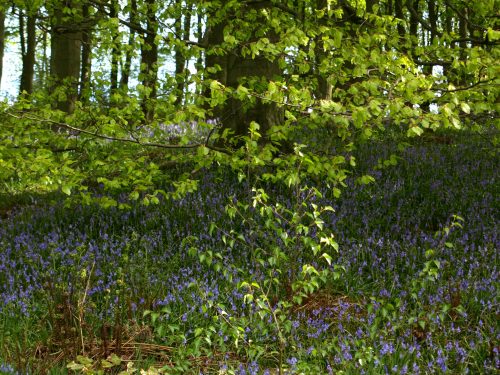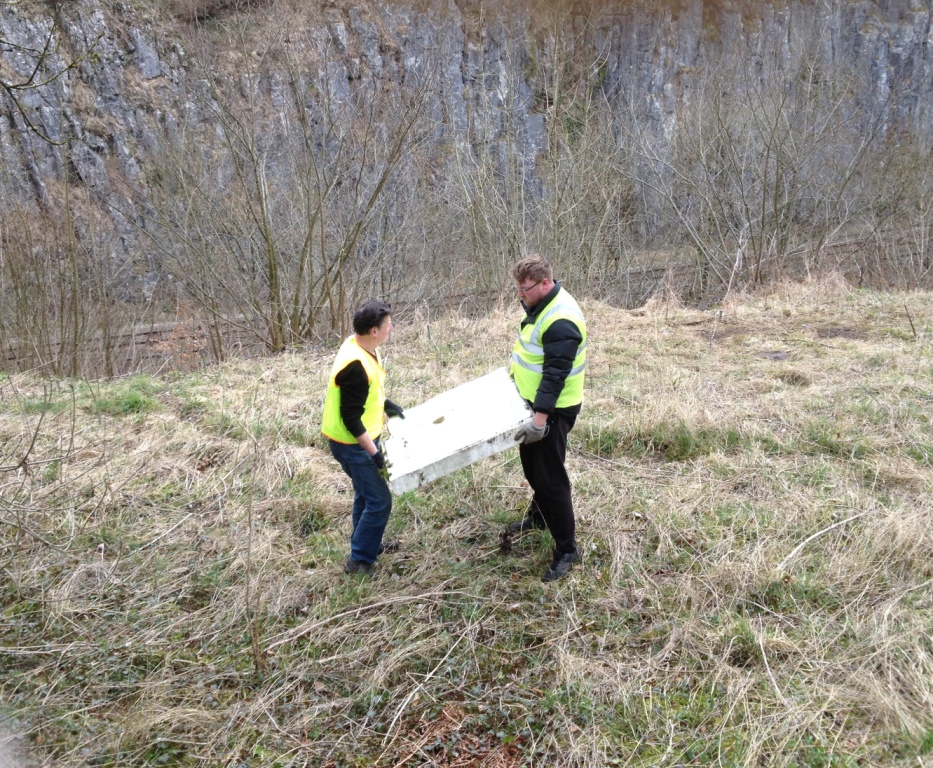The last Primeval Forest In Europe
Imagine walking along a woodland trail deep in the heart of an ancient wood. Birds sing from almost every branch, filling the air with their song. The trees tower forty metres or more above your head and around you, on the ground, the dead and the dying trunks are alive with fungi and insects.
Imagine as the trail turns a corner in this ancient woodland, you briefly glimpse a dark shape, a shadow, as some creature of the forests breaks cover ahead of you. Was it a wolf, a bison or a wild boar? Your heart rate accelerates and for a moment you are back with your ancestors as the flight or fight instinct tries to take over.
Or is it your imagination playing tricks on you, surrounded as you are by the forest, its legends and stories stretching back 10,000 years. The shape disappears and the bird song, temporarily drowned out by the rush of fear you felt, returns and you continue, more cautiously now, on your way.
This is Bialowieza, the forest that straddles the Polish, Belarus border, and is the largest remaining area of European lowland wild wood that once stretched from Siberia to Ireland.
To a packed visitor centre at Poole's Cavern, Buxton Civic Association members and friends listened enthralled as Peter Phillipson, aided by Susan Cross brought the forest to life, with a clever combination of words, pictures and sound recordings, to show the beauty, tranquility, and astounding variety of life in this world heritage site.
Key to the forest's richness of biodiversity is the deadwood and the animals that thrive there. As much as 50% of the trees are dead, either fallen or in some cases still standing. But the "decay is the future", as the forest recycles the nutrients from the dead wood, aided by a wealth of fungi and invertebrates for the next generation of trees.
Wild boar root amongst the leaf litter turning the top two inches over, to provide a habitat for plants and insects, bison create small clearings and the beavers dam the rivers and so reengineer the landscape and create new places for flora and fauna to thrive..
The deer population is kept in check by the Lynx and the Wolf packs so the young saplings are not over grazed. So the cycle continues and has done for thousands of years.
There are challenges to overcome, and tensions between the foresters and ecologists. But the central section of the forest is effectively closed off and nature left unhindered to do what it does best. Access is limited to the fortunate few and then only for a few hours.
Bialowieza is a shining example of how to do conservation. It is a reminder of the landscapes that we have lost but also an example of what can be achieved if the will and understanding is there.
